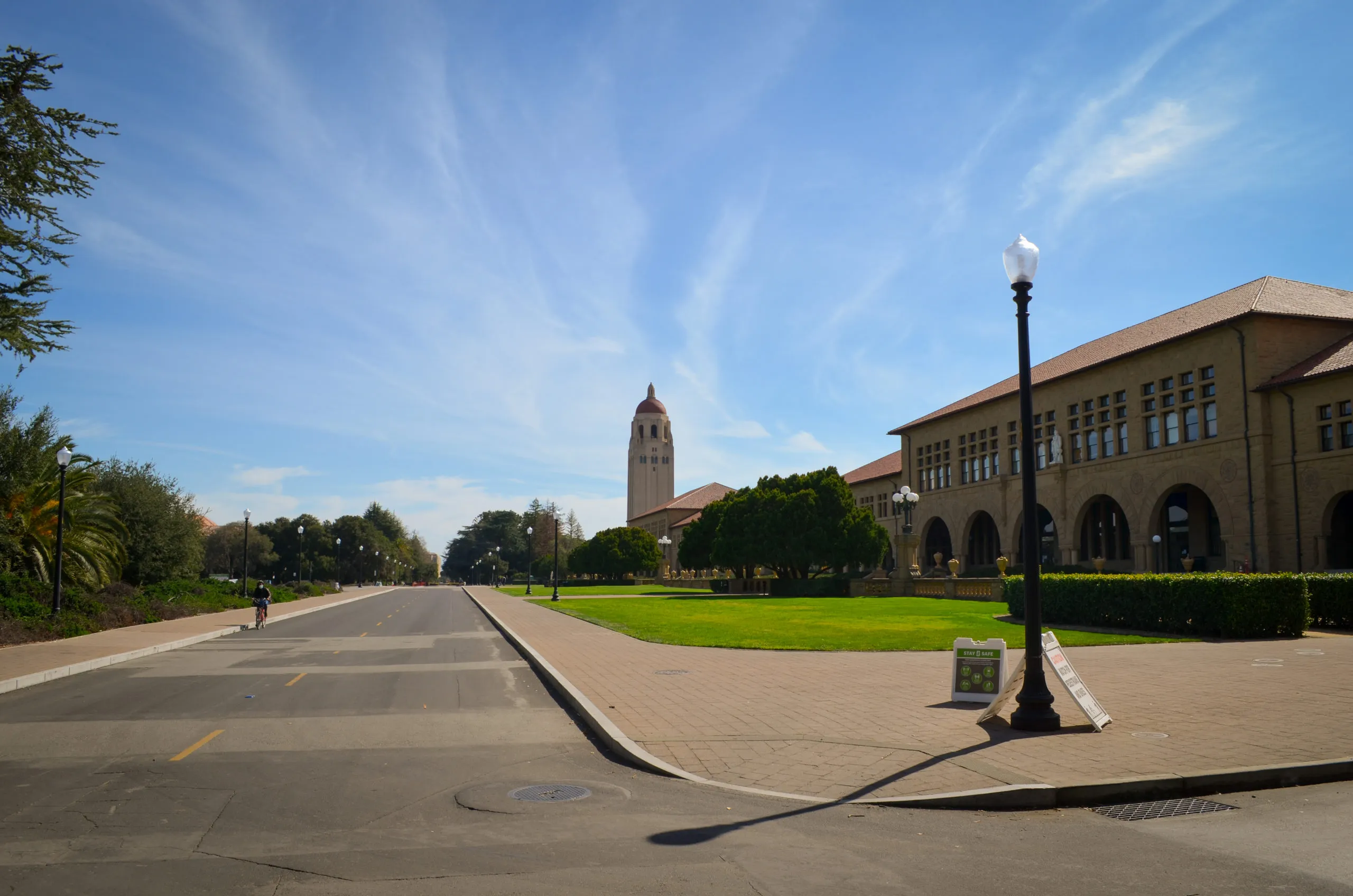When I enter a room, my disability is always one step ahead of me. My powered wheelchair gives me nowhere to hide from the palpable intrigue hanging in the air, and I have perfected a sweet smile in response to the eyes that inevitably drift my way as I pass by. I tell myself it must be my cute outfit, but the reality is that having a highly visible disability defines my interpersonal life and is a lens through which I interact with the world around me. I exist at the intersection of society’s deeply embedded stereotypes about disability, my own internalized ableism and my identity aside from my diagnosis of Spinal Muscular Atrophy (SMA) — but the visibility of my disability means that the latter is forever framed by my four wheels.
It might be nice to just once introduce myself without SMA as my plus-one, but for the most part my interactions are extremely positive. Rarely do I make it from my dorm to class without at least five strangers offering to assist in some way, and my needs are so apparent that many feel compelled to go out of their way to provide access and accommodations across academic and social spaces. Whether it’s constructing a makeshift ramp or allowing me to use my laptop in a technology-free class, I sense a general eagerness at the individual level to relieve the burdens of my day.
Expanding into broader disability advocacy at Stanford, however, I learned that my personal experience is far from the norm. For every professor that pulls me aside to inquire what more they can do to support me beyond my prescribed accommodations, there are students with invisible disabilities and fluctuating chronic illnesses fighting the same battles over and over to receive the bare minimum they require to participate in their education. Where people have been known to quite literally remove a door to grant me access, others are interrogated at that very same door and subjected to the emotional toll of repeatedly justifying their needs, simply because they are not visible to the naked eye. Society’s understanding — and, to some extent, acceptance — of disability remains so rooted in its physical manifestation on the body that any experience of disability falling short of this expectation is deemed invalid.
This is not about one form of disability being preferable to the other — rather, this is an observation on how strides made in accessibility that appear concrete and praiseworthy on the surface continue to exclude such a significant portion of the disability community. Those with physical disabilities are by no means exempt from ableist aggressions in the classroom and beyond, and it is definitely true that the degree to which a disability is deemed visually and socially “acceptable” plays a significant role. Other aspects of identity also contribute in important ways, and it is often at these points of intersection that the most severe harm is experienced.
At the core, however, I intend to acknowledge that there is privilege in the visibility of my disability. While we are visually inseparable, this overt representation of my needs means that I am rarely required to offer explanation or justification for my situation. In the academic context, the way I show up to class matches up with the recommendations of my OAE letter, and subsequently my needs are almost always met without resistance. Behind every disability there is a hidden story that even a wheelchair cannot fully tell, but at least in my case its presence provides enough information that most are willing to accept my word and embrace the needs with which I present.
In contrast, a “non-disabled” appearance has evolved into both a twisted compliment and cutting accusation entangled with a distinct narrow-mindedness and the severely misguided notion that the exaggeration of impairment would somehow be worth society’s “perks.” In a life already defined by obstacles, the task of dissecting and revealing intimate details about the unseen reality of one’s lived experience with disability can be deeply traumatizing. Yet in most circumstances, this all could be avoided through a simple willingness to put faith in both the individual and, in the case of the OAE, the process into which they already poured energy and vulnerability to have this lived experience confirmed in black and white.
As Stanford enters a new phase of reimagining disability on our campus with the recent opening of the Disability Community Space and other initiatives to tackle institutional barriers, it must be a priority to ensure that all community members feel empowered to request the support they need to thrive and can expect fair treatment in the provisions thereof, regardless of how their particular disability manifests. The burden of proving the legitimacy of disability must be eliminated through increased awareness and inclusive policy, and we remain focused on defining accessibility in terms that are not limited by the assumption that seeing is believing.
